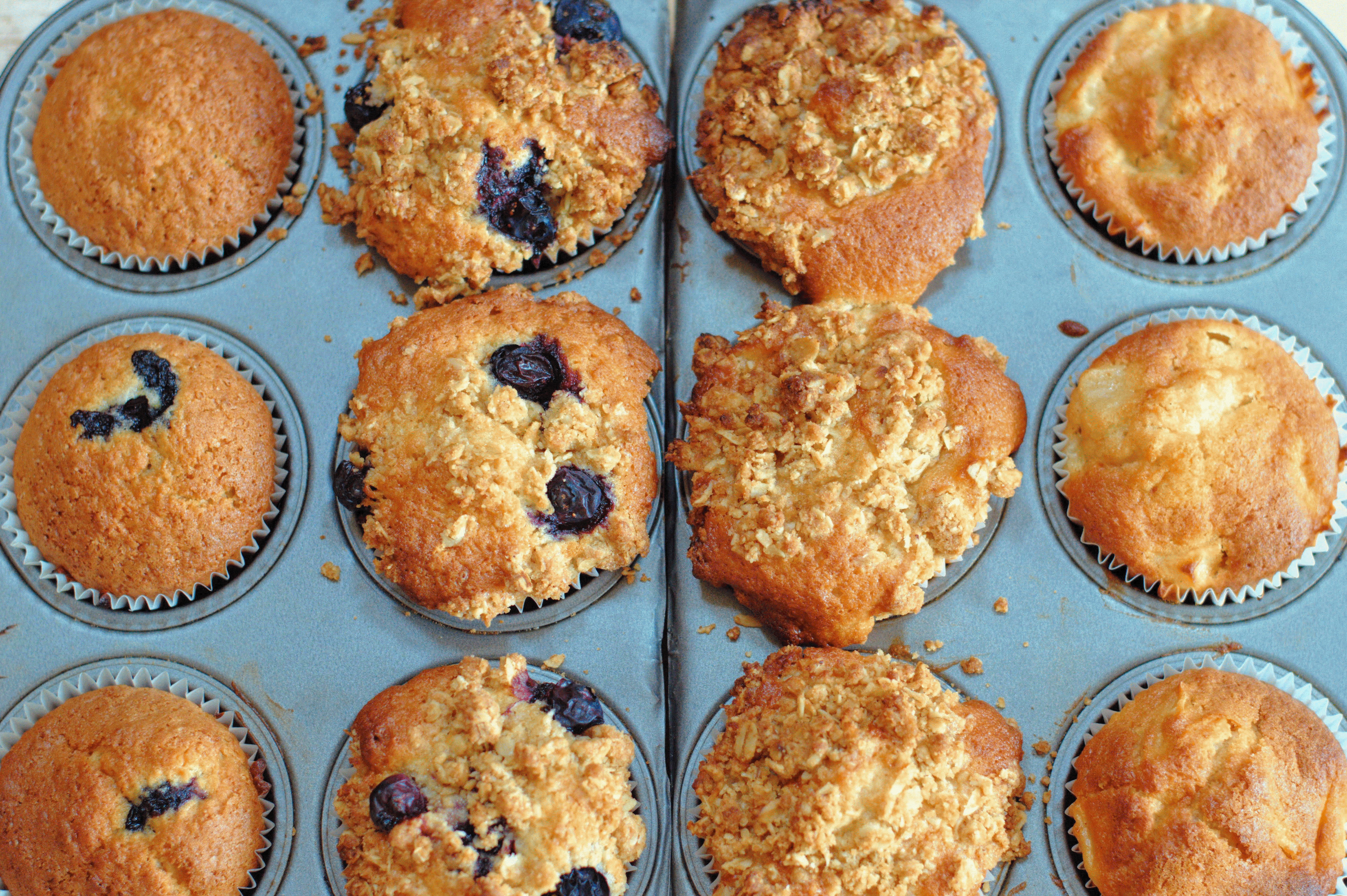Welcome to the first video, for Artisaniaeth.com!
This is my first series, looking at the science and techniques behind your culinary creations.
For this first video, by popular demand of Google AdSense, I’m going to tackle macarons. Hopefully the video will deconstruct this beastly biscuit for you so there’s less guessing, more eating.
This recipe was inspired by Byron Talbot’st Salted Caramel Macarons
Read on for the full recipe with ingredients and measurements.
(time-stamps in the recipe correspond to the time for a given step in the video)
This recipe will produce 14 shells, or 7 full macarons, so feel free to scale up the recipe as required.
This scaling is based on the fact that all the main ingredients have to be of equal weights. Therefore if 1 large egg, weighs on average 50g, then it follows that each ingredient’s weight need be:
almond = icing sugar = egg = 50g
This then lets us scale our recipe according to the amount of eggs we use.
For example to triple the recipe, we use 3 eggs which requires 3 x 50g each of ground almond and icing sugar.
Similarly, when whipping the egg whites, the sugar to egg white ratio must be 1:2.
1 part granulated sugar : 2 parts egg white
so that for each egg used, we must add half it’s weight (25-30g) of granulated sugar, to the egg whites, as they’re whipped.
With that bit of maths finished, it’s time to get started.
Prepare the ingredients and equipment
The trick with making macarons isn’t sorcery, it’s preparation. Make sure you have everything ready and to hand before you start mixing.
Lin a baking tray with baking paper.
To make uniformly sized macarons, a good trick is to trace circles on the underside of the baking paper to serve as a piping guide.
Seperate your eggs, placing the whites in a clean, grease free bowl
Your welcome to use the yolks for pasta or creme patissiere, otherwise, you won’t need them for this recipe.
- 1 egg
Sift together the icing sugar with the ground almonds.
This is done so that the icing sugar dries out the ground almond, absorbing moisture and fat from any oil they may release. This serves to protect and stabilize the whipped egg whites later on.
- 50g icing sugar
- 50g ground almonds
Mix up your desired macaron colour in a pot / bowl so that it’s ready to be added instantly.
Ensure a piping bag and spatula / spoon is to hand.
When ready to mix
Whip the whites with the sugar to form soft peaks ( 0:30 – 1:01 ).
There’s more on the details of whipping white in our Egg White Examination.
- 33g / 1 egg white
- 30g / 2 tbsp granulated sugar
Whisk in any colourings and extracts you want added. ( 1:02 – 1:20 ).
- 1 tsp extract (vanilla, orange, almond etc)
- Food Colouring
Fold the sugar and almond blend into the whipped whites ( 1:30 – 1:40 ).
- 100g of the sugar & almond blend.
The mixture should now be lava like in consistency, ready for piping.
Piping and baking.
Fill the piping bag with the macaron bater. Trim the end off the bag.
Pipe mounds of batter onto the baking paper (pre-prepared with circular guides hopefully!)
Aim for a macaron diameter of about 3.5 cm with a 2 cm separation between rounds.
Rest the macarons before baking so that a skin forms on top ( 30 – 60 minutes)
This is the step that ensures your macaron dome stays smooth, shiny, and free of cracks. You’ll know they’re ready to bake when your finger no longer sticks to them when lightly prodded.
Bake the macarons in a low oven at a temperature of 130-150°C ( 30 minutes)
The low temperature is important to preserve the vibrancy of the added macaron colour, too high and they’ll brown and your fancy food colouring will be completely wasted.
At the end of the 30 minutes, remove them from the oven, let them cool a bit before gently transferring them to a wire rack to cool and dry out completely.
Filling and decorating.
Fill the macaron shells with a filling of your choice.
Piping bags are again the easiest, tidiest option, however there’s nothing wrong with a spoon and a steady hand.
For the filling, I used caremelised condensed milk, but you’re more than welcome to fill them with whatever you like. Chocolate ganache (dark or white), buttercream, jam, peanut butter! As long as it holds the two halves together and doesn’t leak everywhere, the world’s your oyster.
That’s it! Macarons, without the fuss…in theory.
The macarons should keep up to 2-3 days before the shells suck up too much moisture and soften beyond redemption (not that they’ll be around to see that day).
You can, to preserve the crispiness, keep them in the fridge or any other low temperature, low humidity area.
More to Read
For a more in depth deconstruction of macarons, head over to The Lab and check out the Mastering Macarons page, breaking down each step in the macaron making process. It’s the reason this recipe even got made!
Or, for some homework on why a macaron can even exist, have a look at our Examining Egg Whites page to learn more about the chemistry of whipping your whites.



